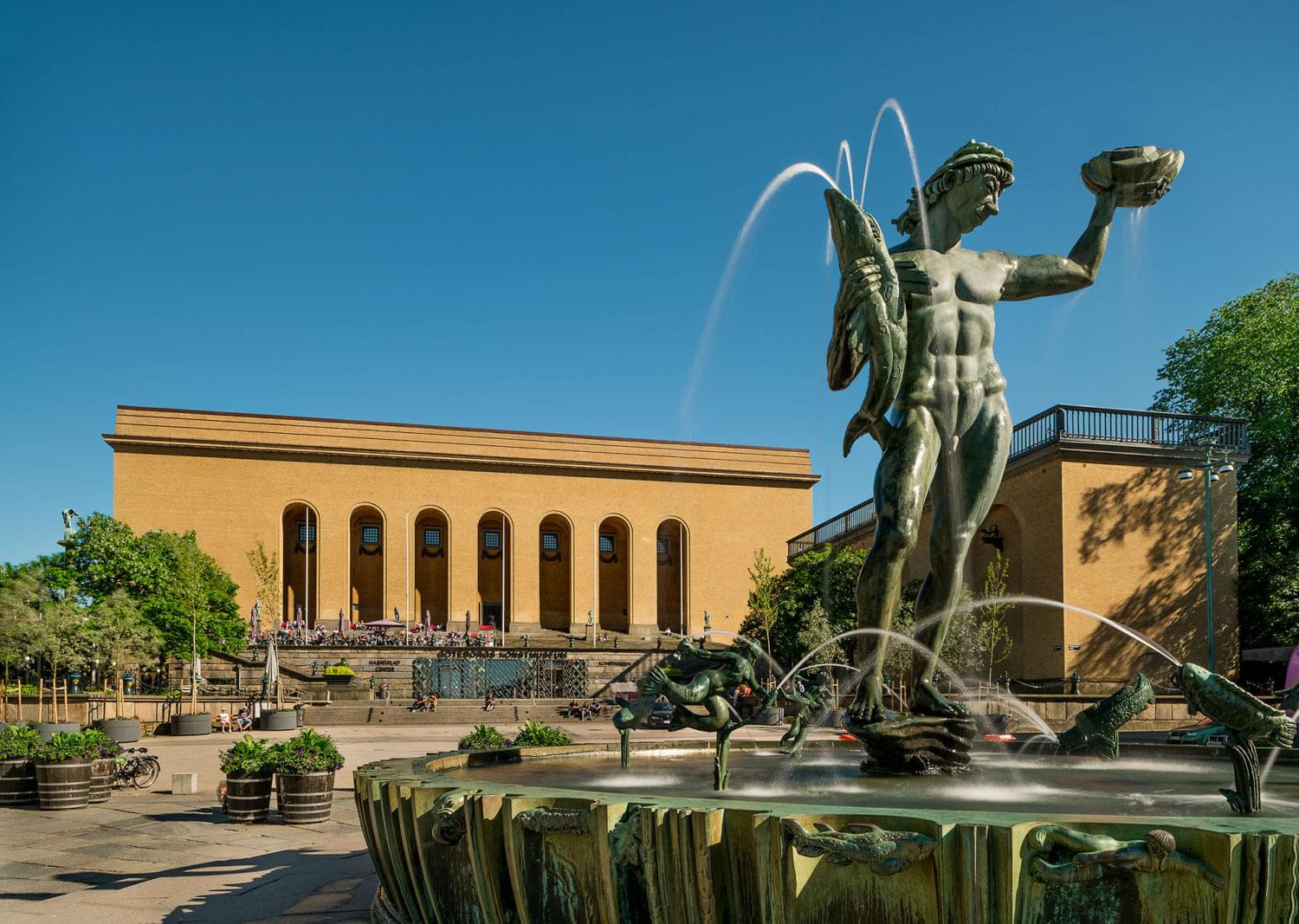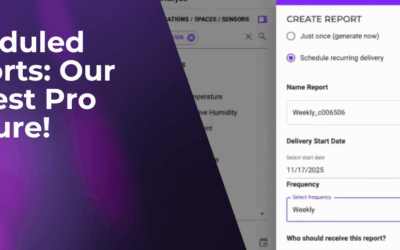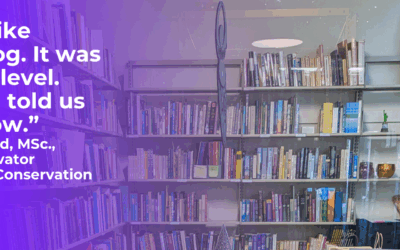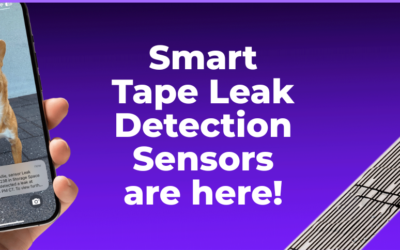Background
Home to the world’s finest collection of late 19th century Nordic art, the Gothenburg Museum of Art showcases everything from Edvard Munch and Carl Larsson to Monet, Picasso and Rembrandt. This commitment to artistic excellence earned them “Museum of the Year” in 2018 from the Swedish Museums Association and ICOM.
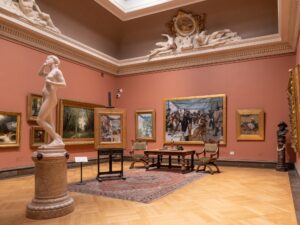
Gothenburg Museum of Art Galleries
The museum itself stands proudly at the end of the city’s main boulevard in its iconic yellow-brick building from 1925. But behind the impressive Neo-Classical façade lies a familiar challenge: how best to protect these priceless works for future generations.
Playing a key role in this task are the museum’s conservators who work closely with an external energy company who manage the building’s climate systems.
Challenge
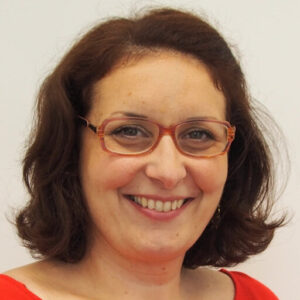
Mariateresa Pullano, Paper Conservator at the Gothenburg Art Museum
For environmental monitoring, Mariateresa Pullano, Paper Conservator, explained that the museum had relied on traditional data loggers, requiring manual downloading twice yearly. This kind of approach created several challenges:
- Limited accessibility to environmental data
- Time-consuming manual processes
- Difficulty sharing data with external stakeholders
Adopting Conserv
After an initial trial period 3 years ago, the museum realized that Conserv could play a key role in their preservation efforts. Now, with smart all-in-one sensors automatically and discretely collecting data in key locations around the building, the system brings together 13 team members across different departments, and provides:
- Real-time environmental monitoring
- Cloud-based data access
- Mobile app capabilities
- Integrated pest management features
- Multi-user access and collaboration tools
Results
Enhanced Team Collaboration
The intuitive interface has enabled better engagement with curators, facilities managers and exhibition coordinators.
“Statistics and numbers can be a bit intimidating because people are not familiar with them… but Conserv is very visual and graphic so people understand much better… ” explains Mariateresa.
Improved Loan Management
The system has streamlined the loan process by making it easier to monitor conditions in real-time and generate environmental reports for lending institutions. It’s now easier to provide quick access to historical data and share data in an accessible format.
Better Communication
The visual nature of the platform has helped bridge communication gaps between conservation staff and facility managers, technical and non-technical staff as well as internal teams and external stakeholders.
Integrated Pest Management
Mariateresa has also seen that Conserv has helped create a more collaborative approach to IPM, with staff across departments able to record observations, document pest sightings and engage in preventive measures.
“When you involve people and they have access, they feel also more responsible.”
Looking Forward
Mariateresa is clearly excited about the impact Conserv has had, and the opportunities for the future.
“Conserv really makes people’s lives much easier… it’s so flexible and pedagogical.”
They’re now considering expanding their use of the technology to include their new storage facility and additional buildings, with the potential to create a unified monitoring system across multiple sites around the city. The museum is also exploring ways to optimize their environmental settings for better sustainability whilst of course maintaining optimal conditions for their collections.
Watch this space…!
If you have any questions about environmental monitoring, integrated pest management, or just want to talk about preventative conservation, please reach out to us! Don’t forget to check out our blog or join our community of collections care professionals where you can discuss hot topics, connect with your peers or even take a course to get familiar with the Conserv platform.

